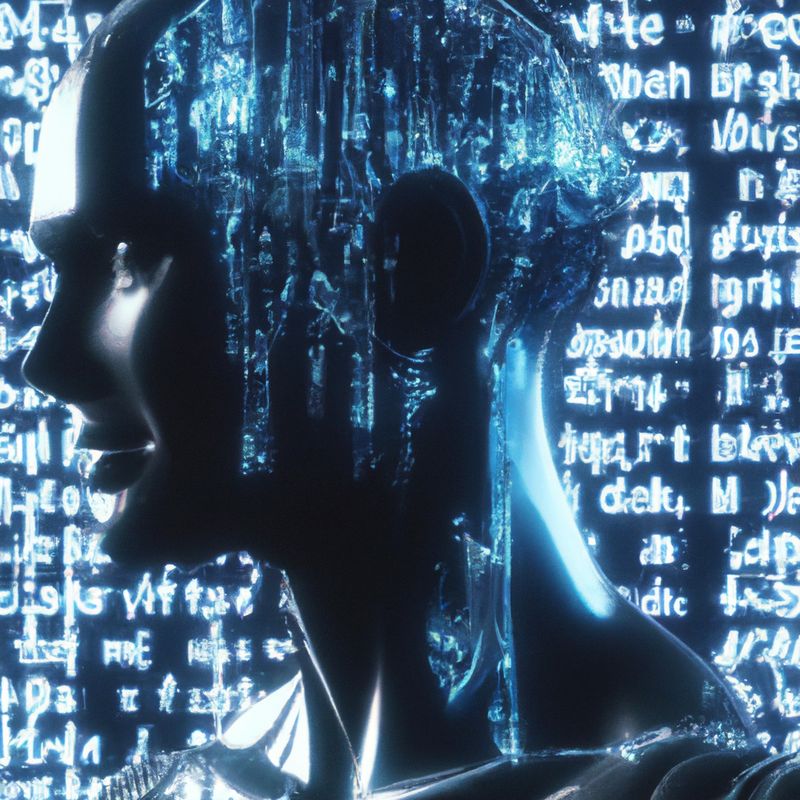Deep Learning Development: A Comprehensive Guide

Deep learning is a powerful and rapidly evolving technology that has the potential to revolutionize how we interact with the world. It is a type of artificial intelligence that uses neural networks to learn from data and make predictions. Deep learning has been used to develop products in many industries, from healthcare to finance to transportation. In this comprehensive guide, we will explore the fundamentals of deep learning development and how to apply it to your project.
What is Deep Learning?
Deep learning is a subset of machine learning that uses artificial neural networks to learn from data. It is a powerful tool for making predictions and decisions, and it can be used to solve complex problems. Deep learning is based on the idea that the same set of rules can be used to learn from different types of data. This means that deep learning models can learn from large amounts of data, and they can be used to make predictions and decisions with greater accuracy than traditional machine learning methods.
The Benefits of Deep Learning Development
Deep learning development offers a number of benefits that make it an attractive choice for many projects. First, deep learning models can learn from large amounts of data, which means they can make more accurate predictions and decisions than traditional machine learning methods. Second, deep learning models can be trained on a variety of data types, including text, images, and audio. Third, deep learning models are less prone to overfitting, which means they can generalize better and make more accurate predictions on unseen data. Finally, deep learning models can be used to solve complex problems that are difficult to solve using traditional methods.
Getting Started with Deep Learning Development
Before you start developing a deep learning model, it is important to understand the fundamentals of deep learning development. First, you need to understand the types of data that can be used to train a deep learning model. This includes text, images, audio, and video. You also need to understand the types of deep learning architectures, such as convolutional neural networks, recurrent neural networks, and generative adversarial networks. Finally, you need to understand the different types of deep learning frameworks, such as TensorFlow, PyTorch, and Keras.
Deep Learning Development Process
Once you understand the fundamentals of deep learning development, you can begin the process of developing a deep learning model. The process can be broken down into four main steps: data preparation, model selection, model training, and model evaluation. Data preparation involves collecting and pre-processing the data that will be used to train the model. Model selection involves selecting the type of deep learning architecture that will be used to train the model. Model training involves training the model on the data and adjusting the model parameters to optimize performance. Finally, model evaluation involves testing the model on unseen data to ensure it is accurate and reliable.
Conclusion
Deep learning development is a powerful and rapidly evolving technology that has the potential to revolutionize how we interact with the world. In this comprehensive guide, we explored the fundamentals of deep learning development and how to apply it to your project. We also discussed the steps in the deep learning development process, from data preparation to model selection to model training and evaluation. With the right tools and techniques, you can use deep learning to solve complex problems and make more accurate predictions and decisions.

